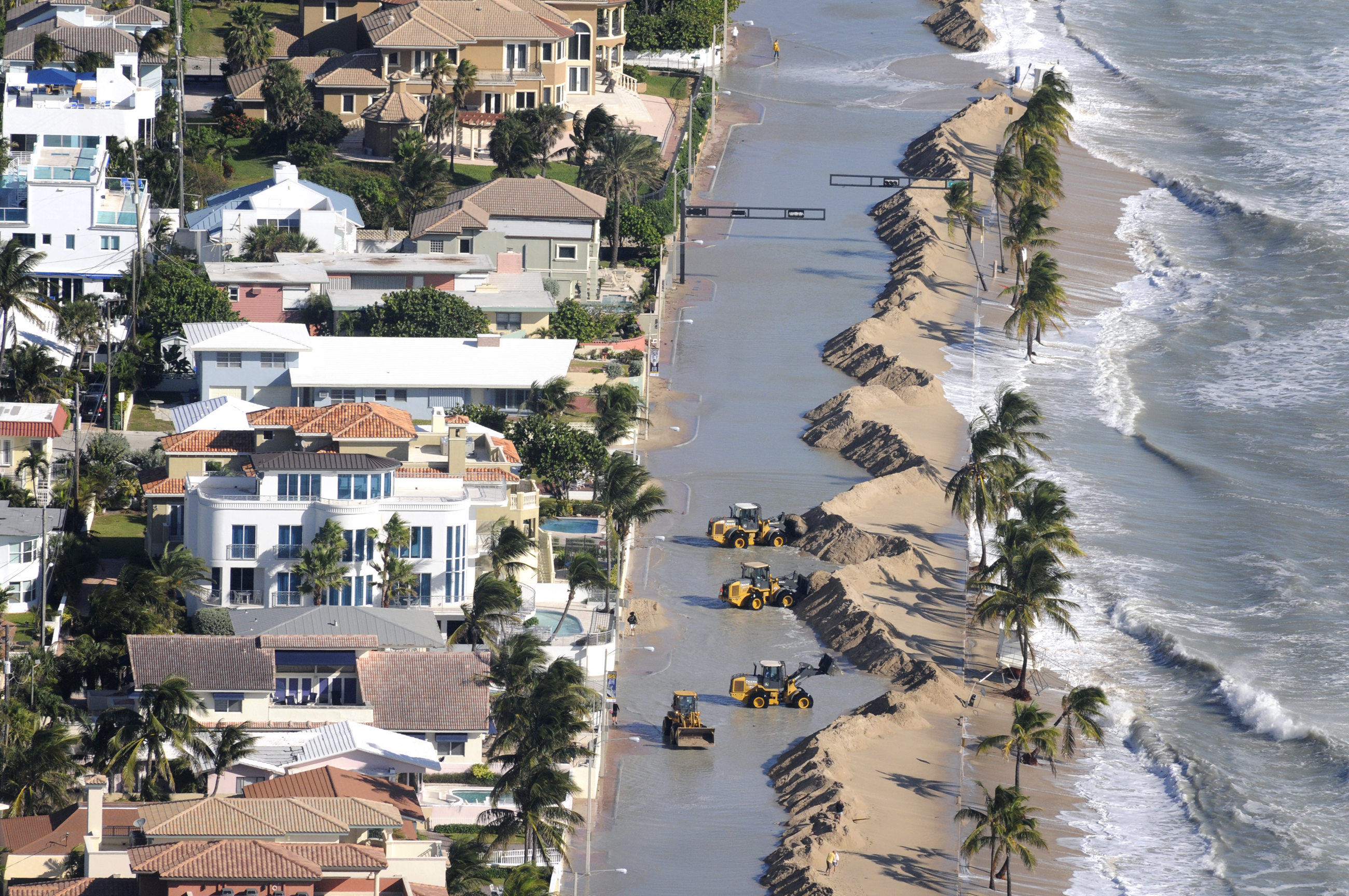Climate change is making the east coast of the U.S. more vulnerable to rapidly intensifying hurricanes as storm-stopping wind shear is reduced over the region, according to a study published this month in the journal Nature.
The research builds on 2017 findings that a bubble of cooler ocean temperatures and lofty crosswinds protects the east coast when hurricanes are most active in the main development region of the tropical Atlantic between Africa and just west of Jamaica.
James Kossin, a climate scientist with the National Centers for Environmental Information, was lead author on the 2017 report. He worked with scientist Mingfang Ting, of Lamont-Doherty Earth Observatory on the recent study.
BOOKMARK The Palm Beach Post’s hurricane tracking map
According to what they found, greenhouse gas emissions and a warming planet will disrupt the equatorial Pacific’s Walker circulation, which is the normal air flow pattern that moves east to west at the surface and west to east at higher altitudes. Natural fluctuations in the circulation are what causes the climate patterns of El Nino and La Nina.
The disruption could mean that when wind shear is light over the tropical Atlantic, increasing activity in the main development region, the protective wind shear barrier over the east coast won’t be as strong, allowing hurricanes to quickly strengthen.
“We have been very lucky to have this natural barrier in place for decades, maybe even forever, and if we start to erode it, we are very clearly going to be increasing the risk at the coast,” Kossin said.
Rapid intensification is defined as a storm gaining 34 mph or more in 24 hours. It is a challenge to forecast and can prove deadly if it happens near the coast, ramping up a storm’s intensity by a category or more in a day.
Kossin said 2016′s Hurricane Matthew is an example of how the protective wind shear worked in favor of the east coast, dropping Matthew’s fury from a Category 4 as it approached Florida to a Cat 1 when it made landfall in South Carolina.
Without the shear, Matthew may have remained a Cat 4 or even strengthened, Kossin said.
“Coupled with the robust warming of the ocean surface temperature in the future, it is likely that the U.S. East Coast will experience unprecedented hurricane intensification in the future, causing even greater threats to the coastal community,” notes the study, which is titled Past and Future Hurricane Intensity Change along the U.S. East Coast.
It is generally believed that the Atlantic Basin has been in an active period for hurricanes since the mid-1990s.
While there was an 11-year lull in hurricanes making landfall in Florida after 2005, Hurricane Hermine picked up the pace when it hit the coast near Tallahasee in 2016. Then 2017 and 2018 more than made up the difference in the Sunshine State and beyond.
Three Category 4 storms hit the U.S. and Puerto Rico in 2017. Last season saw Category 5 Hurricane Michael devastate the Florida Panhandle, and Hurricane Florence send flooding rains and storm surge into North Carolina.
This month’s study said that the Gulf Coast is unlikely to be affected by the changes in vertical wind shear, but the east coast could begin feeling the impacts of quick-intensity hurricanes by 2050 under the worse-case scenario of carbon emissions remaining unchanged.
“How human activity may contribute to hurricane intensity change in the future, particularly landfalling hurricanes, is thus an extremely urgent question for society at large,” the study notes. “Our results emphasize the potential threat that hurricanes may become more intense in the future as they move toward the east coast of the United States.”
*****@****st.com“>Km*****@****st.com
“The Invading Sea” is a collaboration of four South Florida media organizations — the South Florida Sun Sentinel, Miami Herald, Palm Beach Post and WLRN Public Media.



